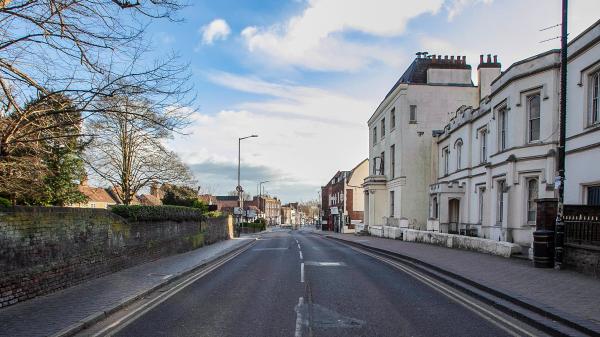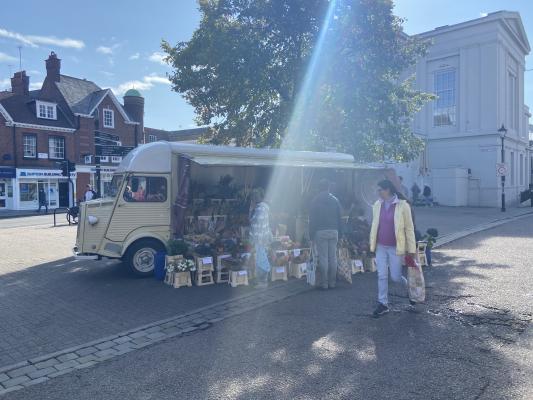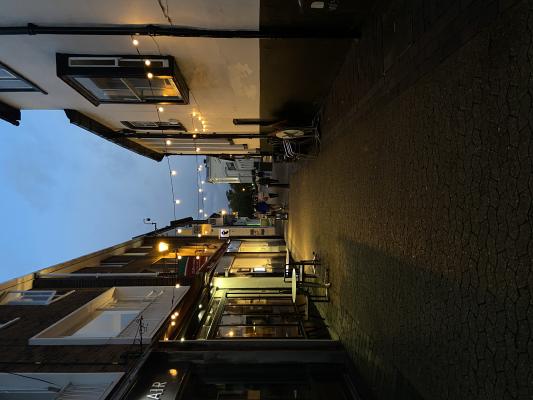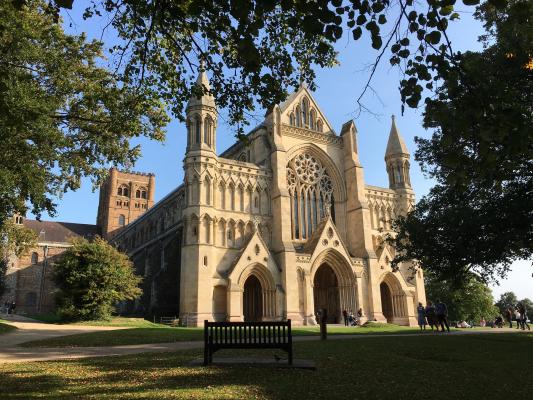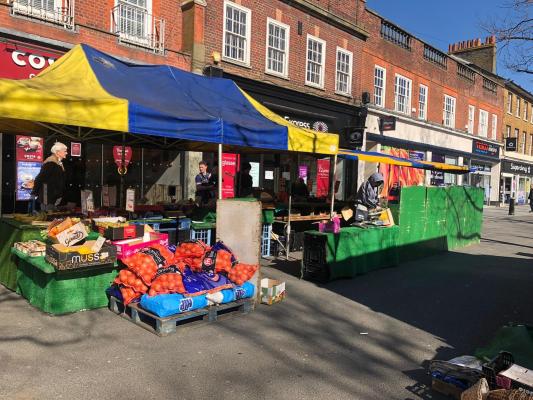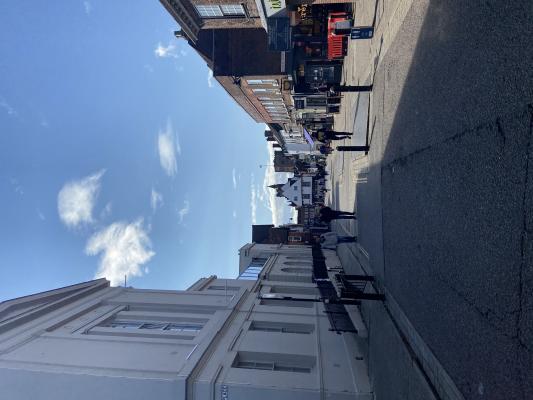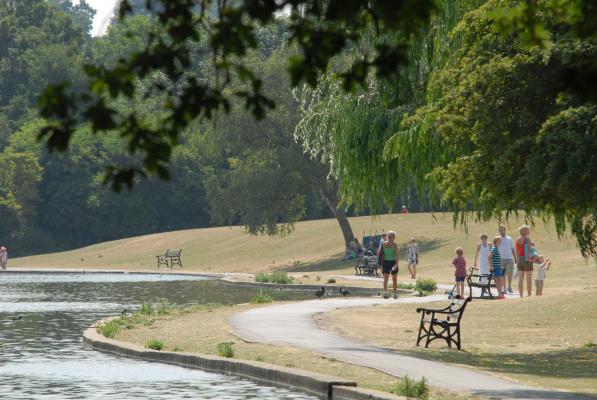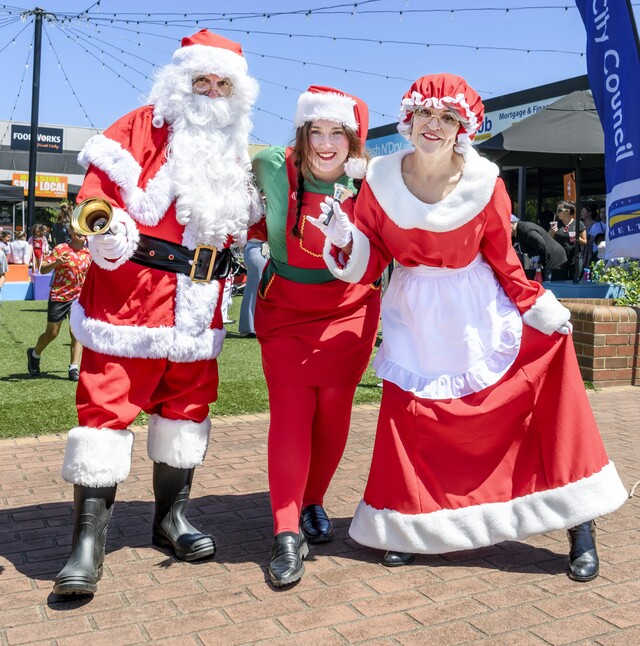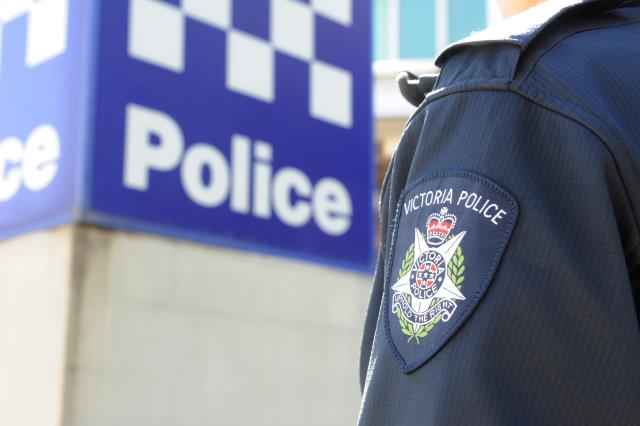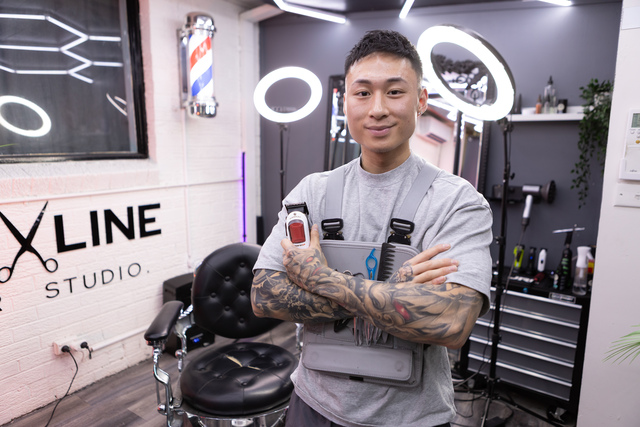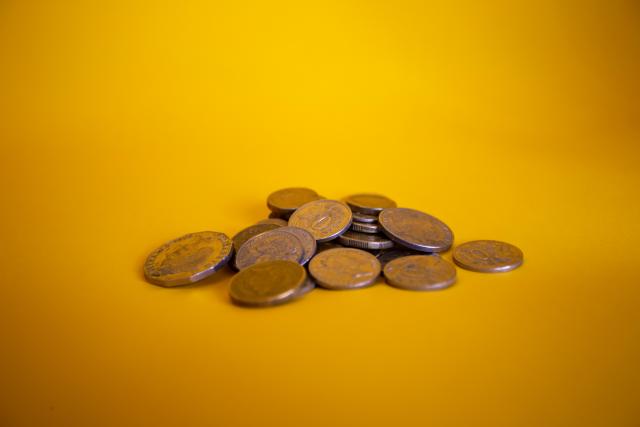The COVID-19 pandemic has swept across the world in the past 12 months. Brimbank’s St Albans was one of the hardest hit suburbs in Victoria and Australia with 636 known cases of the virus. But it wasn’t the only St Albans to be affected by the pandemic. Tara Murray last month chatted with Herts Advertiser journalist Maya Derrick about what life has been like in St Albans, England.
Ms Derrick says St Albans is quite a leafy suburb, about 20 miles north of London. The area is quite desirable and generally well off and is part of the City and District of St Albans.
Since the pandemic started, there have been 7760 cases recorded in the St Albans district, as of March 30.
“We’ve been battling quite a lot,” Ms Derrick said.
“In early January we had 646 cases per 100,000 people in St Albans. The average in England at that time was 481, so we were leaps and bounds above the average,
“Having a big spike over winter, we knew it was coming for us, but we didn’t quite realise how big it is.
“I don’t think we’ve seen a day with no cases.
“We’re quite optimistic we are coming out the other side of this, we are seeing a drop.
“They keep drilling into you that you must stay home, you must wear a mask.”
She said that for much of the past 12 months, the area has been under some sort of lockdown and some restrictions are expected to be in place until at least the end of June.
“The first lockdown we got told we could only leave for one hour a day for exercise and only leave for essential shopping,” Ms Derrick said.
“Only supermarkets were open, nothing else really opened.
“You couldn’t do much more than that and it slowly eased up into summer for us. In summer we had the rule of six, which meant that you could meet five other people outside in private gardens or in public and you could also go for a meal, for example.
“If you went into a restaurant you could only sit with five other people, if you lived in a household bigger than six people you couldn’t all go out together.
“It was very short-lived, about two months.”
Ms Derrick said it was Halloween when the next lockdown began – and the country has been in lockdown ever since.
She said there have been different levels of lockdowns, with the highest level of restrictions put into place just before Christmas for many areas, including St Albans.
“We were in tier 2 and then they moved us up to tier 3 just before Christmas. We were at tier 3 for a day and then this tier 4 appeared out of nowhere,” Ms Derrick said.
“It mainly affected the south east. We are on the corner of the east .
“We’ve been in lockdown ever since.”
Ms Derrick said there had been massive impacts on the life of everyone.
“We can’t go back to where we were. Our economy can’t survive it, our pubs haven’t been open since the last day in October, and restaurants haven’t been open.
“We’ve got a road map set out… Hopefully we’ll be out of this by June 21. More restrictions will end by then, but we know there will be curveballs thrown in.”
While Australia has had government subsidies JobKeeper and JobSeeker, the United Kingdom implemented a Furlough system which pays people to stay at home for a certain number of days.
This was expected to be phased out last April but is still going 12 months later. Ms Derrick said at one point a quarter of all St Albans workers were furloughed.
“At first people were like ‘we can’t wait to not work for two to three weeks’ as that was the original plan, but here we are 50 weeks later, we still have it,” she said.
“It’s a god sent don’t get me wrong, but people are itching to get work to work. At one point our government told [some] people to retrain, which did not go really well.”
Ms Derrick said many businesses haven’t survived the pandemic and being closed for so long.
Like Australia, the United Kingdom believes the vaccination program is the best way out of the pandemic.
Ms Derrick said people in St Albans had been keen to get the injections and had been praised for the work they’ve done getting so many people vaccinated early on.
Ms Derrick volunteers at a vaccination centre on her days off, and is among those who have been vaccinated.
“We’ve had a lot of places purposed for vaccinations, the biggest is an old nightclub,” she said.
“Over 20 million have had their first dose [as of early March].
Ms Derrick said the arrival of the vaccinations and a drop in virus case numbers had brought some optimism after a frustrating few months.
“There’s a light at the end of the tunnel, but there’s a lot of frustration as they [people] don’t have faith in what the government is saying and what has been done,” she said.
“It’s been going on for a year now, we just want to go out. There are little glimmers of normality. “
For Ms Derrick personally, the past 12 months have been interesting. She finished her journalist degree, before starting work at the Herts Advertiser.
“It was a very strange time,” she said.
“I was in my final year, it was random Tuesday, 17th of march, I was at work, I worked on campus… I was told that I wasn’t coming into work.
“I’m at home now and started this job at the end of September. I’ve probably been in the office four times this entire time.
“Our office shut in November for a bit and then has been shut since December. We’ve all been working from home.”
“It has been crazy, it has been a rollercoaster.”

